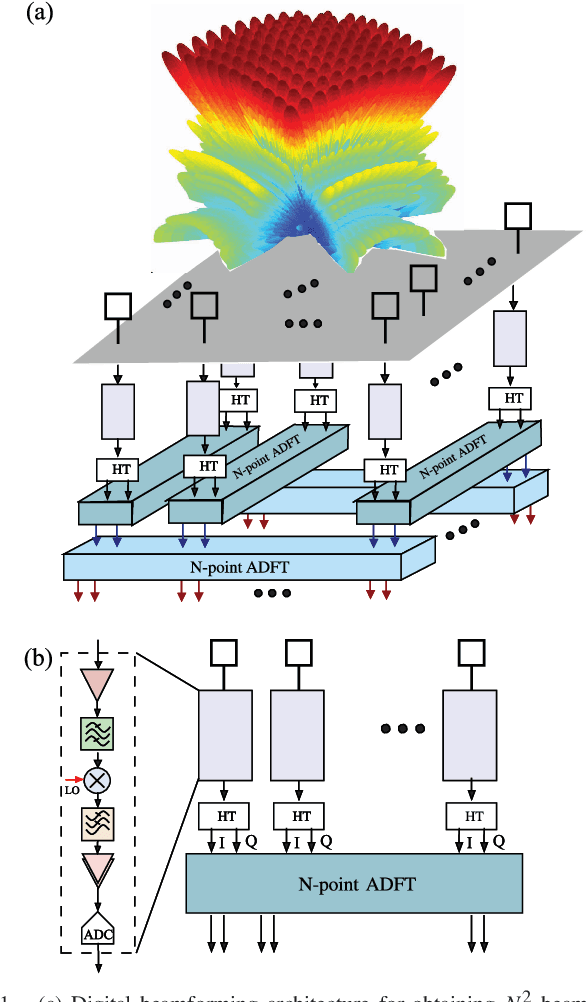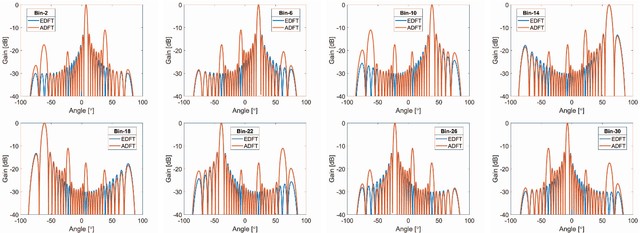Leonid Belostotski
General Framework for Array Noise Analysis and Noise Performance of a Two-Element Interferometer With a Mutual-Coupling Canceler
Apr 01, 2025Abstract:This article investigates the noise performance of a two-element phased array and interferometer containing a recently introduced self-interference canceler, which in the context of this work acts as a mutual-coupling canceler. To this end, a general framework is proposed to permit noise analysis of this network and a large variety of other networks. The framework-based numerical analysis for a two-element-phased array shows that the addition of the canceler significantly increases the beam-equivalent noise temperature. For a two-element interferometer used in cosmology, this increase in noise temperature is still acceptable as the sky noise temperature in the 20-to-200 MHz band is high. When used in an interferometer, the canceler provides the ability to null mutual coherence at the interferometer output. The ability to provide matching to reduce the sensitivity of the null in mutual coherence to the phase of the 90deg hybrids in the canceler is discussed.
Towards a Low-SWaP 1024-beam Digital Array: A 32-beam Sub-system at 5.8 GHz
Jul 19, 2022



Abstract:Millimeter wave communications require multibeam beamforming in order to utilize wireless channels that suffer from obstructions, path loss, and multi-path effects. Digital multibeam beamforming has maximum degrees of freedom compared to analog phased arrays. However, circuit complexity and power consumption are important constraints for digital multibeam systems. A low-complexity digital computing architecture is proposed for a multiplication-free 32-point linear transform that approximates multiple simultaneous RF beams similar to a discrete Fourier transform (DFT). Arithmetic complexity due to multiplication is reduced from the FFT complexity of $\mathcal{O}(N\: \log N)$ for DFT realizations, down to zero, thus yielding a 46% and 55% reduction in chip area and dynamic power consumption, respectively, for the $N=32$ case considered. The paper describes the proposed 32-point DFT approximation targeting a 1024-beams using a 2D array, and shows the multiplierless approximation and its mapping to a 32-beam sub-system consisting of 5.8 GHz antennas that can be used for generating 1024 digital beams without multiplications. Real-time beam computation is achieved using a Xilinx FPGA at 120 MHz bandwidth per beam. Theoretical beam performance is compared with measured RF patterns from both a fixed-point FFT as well as the proposed multiplier-free algorithm and are in good agreement.
* 19 pages, 8 figures, 4 tables. This version corrects a typo in the matrix equations from Section 3
 Add to Chrome
Add to Chrome Add to Firefox
Add to Firefox Add to Edge
Add to Edge